Torture for revenge makes us no better than our enemies
CIA torture report highlights underlying sadistic revenge inflicted in the process of interrogations

Former Vice President Dick Cheney, outspoken proponent of torture techniques, has vilified the Senate report into the CIA’s “enhanced interrogation techniques” and reiterated an emotional justification for the agency’s behaviour.
Cheney argues that it is the context that matters. In response to the brutal treatment of Khalid Sheik Mohammed, the alleged mastermind of 9/11, Cheney said, “He is in our possession, we know he’s the architect [of 9/11], what are we supposed to do? Kiss him on both cheeks?”
There is also the argument that if it had not been for the information disclosed under such interrogation, further terrorist attacks would not have been prevented. But the Senate report concludes not only that the CIA misrepresented the interrogation techniques used on suspects but also that the efficacy of these techniques was overstated. The interrogations led to no useful intelligence.
The Week
Escape your echo chamber. Get the facts behind the news, plus analysis from multiple perspectives.

Sign up for The Week's Free Newsletters
From our morning news briefing to a weekly Good News Newsletter, get the best of The Week delivered directly to your inbox.
From our morning news briefing to a weekly Good News Newsletter, get the best of The Week delivered directly to your inbox.
If we now know that the interrogations were ineffectual, Cheney’s point about context becomes even more meaningful. As he says, “How nice do you want to be to the murderers of 3,000 people on 9/11?” If torture is of no use in providing intelligence, then at least it can be used as a means of revenge.
Within the US, the fear generated by the terrorist attacks of 2001 led to an intense paranoid response, as expressed most dramatically in Bush's declaration of a War on Terror. The once invincible nation, never before invaded, suddenly became vulnerable and helpless in the face of sudden and secretive enemy attack.
It was this fear, and outrage at being attacked so ruthlessly, that fuelled the special legal powers to imprison – and effectively torture – those suspected of terrorism.
- CIA claims Bush, Cheney and Rice all ‘knew’
- The psychologists who lost sight of morality
Especially when the enemy is from without, it is very easy to personify them as "other". They embody everything that is bad and dangerous that we would like to deny in ourselves. The good guys and the bad guys are split into two clear camps.
A free daily email with the biggest news stories of the day – and the best features from TheWeek.com
By projecting all the evil onto "these people", we not only remain pure but the tactics we use to exterminate evil are exonerated. The torturer serves a righteous cause in believing that he is safeguarding his country’s security and meting out justice.
In defending democracy, Cheney, like many others, asserts that the means justify the ends. Referring to brutal interrogations, Cheney claims, “I’d do it again in a minute.”
In our self-justifications we become virtually identical to the extremist religious terrorists who similarly believe they are ridding the world of evil. We are copying them and in doing so we become like them. Even the techniques of torture adopted by the US are based on techniques employed by our "enemies", notably those used by the Chinese Communists in the Korean War and by the Soviet intelligence services.
What is so terrifying about terrorism – and torture – is that it treats the individual as an object of hatred. The ultimate aim of terrorism is to destroy the "other" by stripping them of their humanity. And it is our humanity that must be protected – at all costs.
What is increasingly apparent from the evidence coming out of Guantanamo Bay and the CIA’s ‘black sites’ is the dehumanisation of the victims who are tortured. This is what is also at the heart of terrorism.
While we are aware of the scarring effects of torture on prisoners, what we fail to recognise is the effect of torture on the perpetrator.
The torturer not only wants to force the enemy to disclose the whereabouts of the ticking bomb, he also wants revenge for the anxiety and torture he (or his country) have been put through. In the act of torture, the torturer turns the tables. He becomes omnipotent in his fantasy and wants to make his victim feel helpless, trapped and terrified so that he can be rid of these feelings inside himself. He expels his terror into the terrorist, the "other", who is further dehumanised.
It is not possible to conduct torture of any kind without dehumanising the victim. This also requires the torturer to become dehumanised and here is the rub. In order to do his job, the torturer must cut off from his feelings of concern and empathy towards the other and turn the victim into an object, not a person. This also explains why the job of torturer at times attracts people who already suffer from such a split in their psyches.
For those who are more intact emotionally, the act of committing torture necessitates a perversion of their emotions. It becomes very difficult, if not impossible, for the torturer to allow himself to feel true compassion without opening the flood gates of guilt, remorse and horror.
The torturer is condemned to a twilight of numbed experience in which his feelings need to be suppressed so that he can continue to function. There is a striking parallel with the massive denial that victims of torture need to put into place in order to survive their ordeals. Torturer and tortured become dehumanised images of one another. Both are inevitably traumatised.
The CIA torture report highlights the underlying sadistic revenge inflicted in the process of interrogations. These findings cannot be denied and are critical in addressing the question as to whether torture can ever be justified.
However, there is also the risk that the torturers will now be regarded as the “other”, dissociated from the rest of American society. They have done the dirty work that many in the US are now condemning.
This supports the idea that torture, like a cancerous growth, can be discretely removed, leaving the rest of the body intact. It sidesteps the fact that the use of torture is a symptom that reveals we are no better than our enemies, and that we too have been corrupted by dehumanising the object of our fear.
-
 The great global copper swindle
The great global copper swindleUnder the Radar Rising prices and easy access makes the metal a ‘more attractive target for criminals looking for a quick profit’
-
 ‘They’re nervous about playing the game’
‘They’re nervous about playing the game’Instant Opinion Opinion, comment and editorials of the day
-
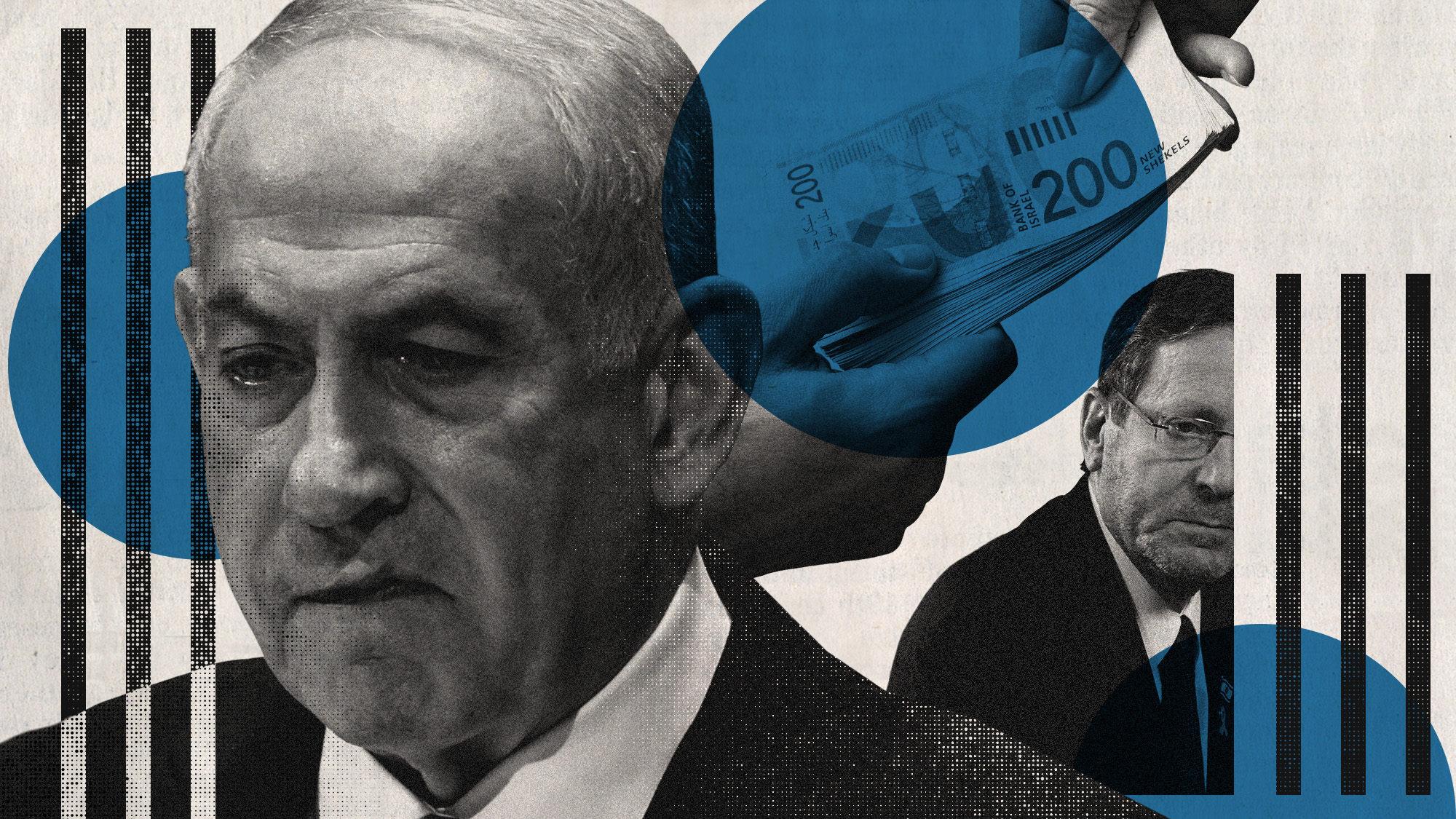 Will Netanyahu get a pardon?
Will Netanyahu get a pardon?Today's Big Question Opponents say yes, if he steps down
-
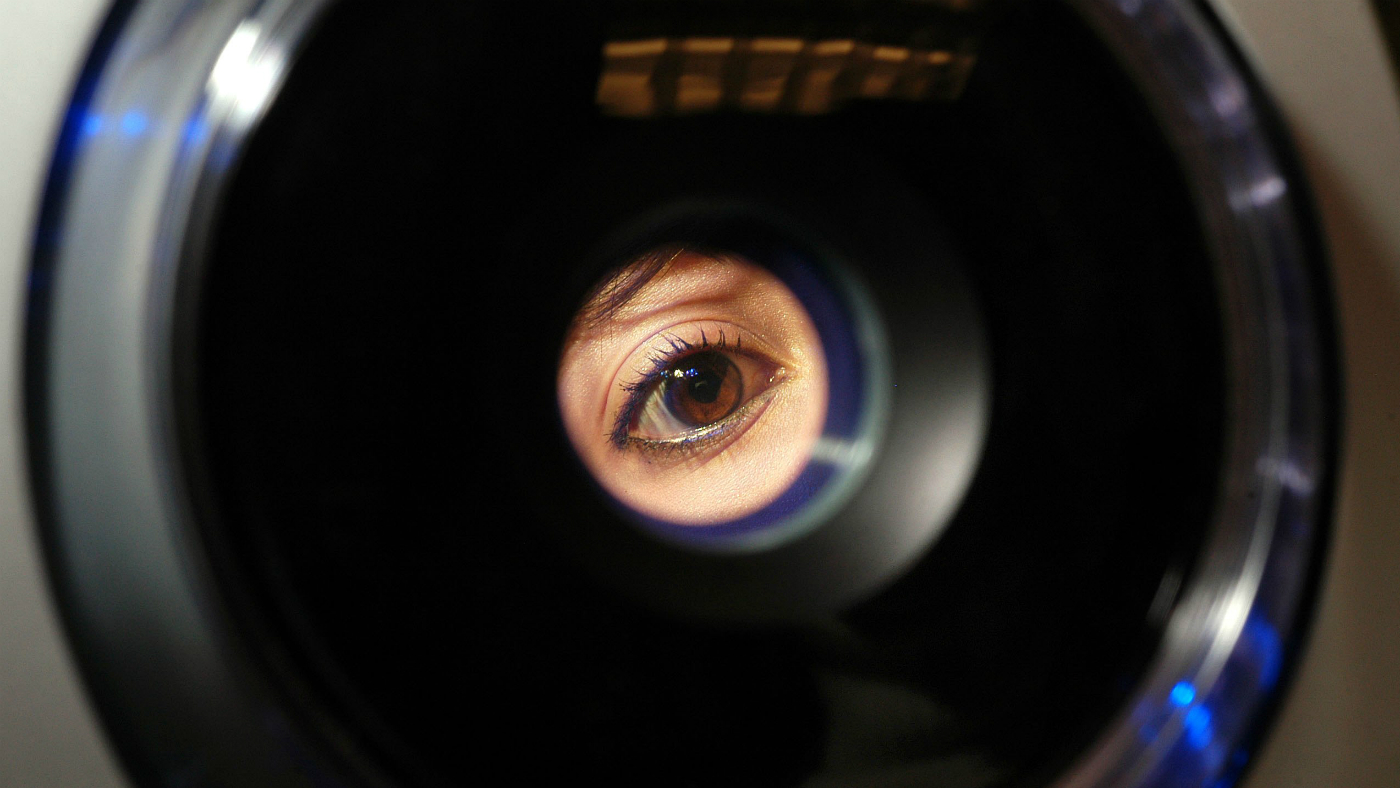 Five Eyes: the spy scandal spooking Western powers
Five Eyes: the spy scandal spooking Western powersIn Depth Top Canadian intelligence official accused of stealing classified data
-
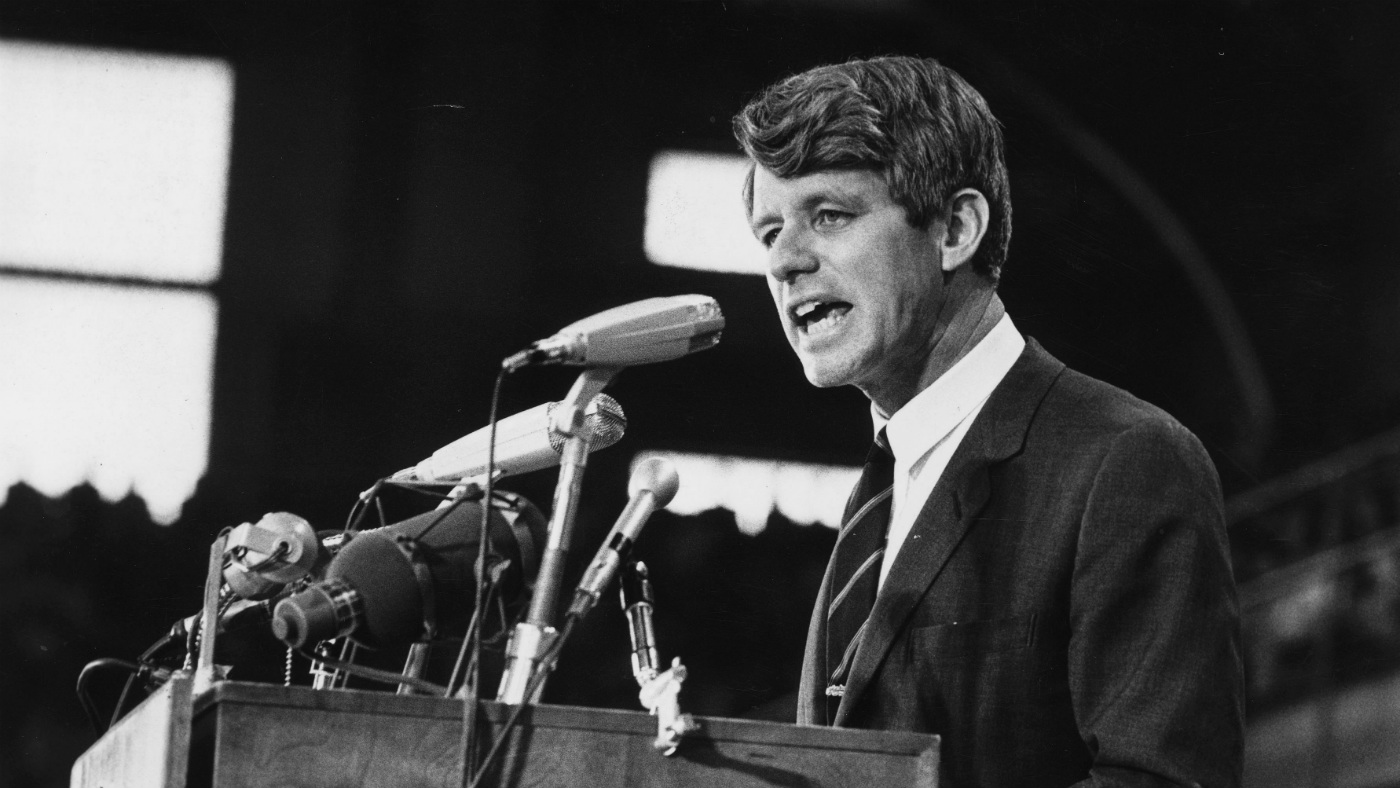 Who assassinated Robert F. Kennedy? Five conspiracy theories
Who assassinated Robert F. Kennedy? Five conspiracy theoriesIn Depth Former senator’s son is leading calls for a new investigation into the 1968 assassination
-
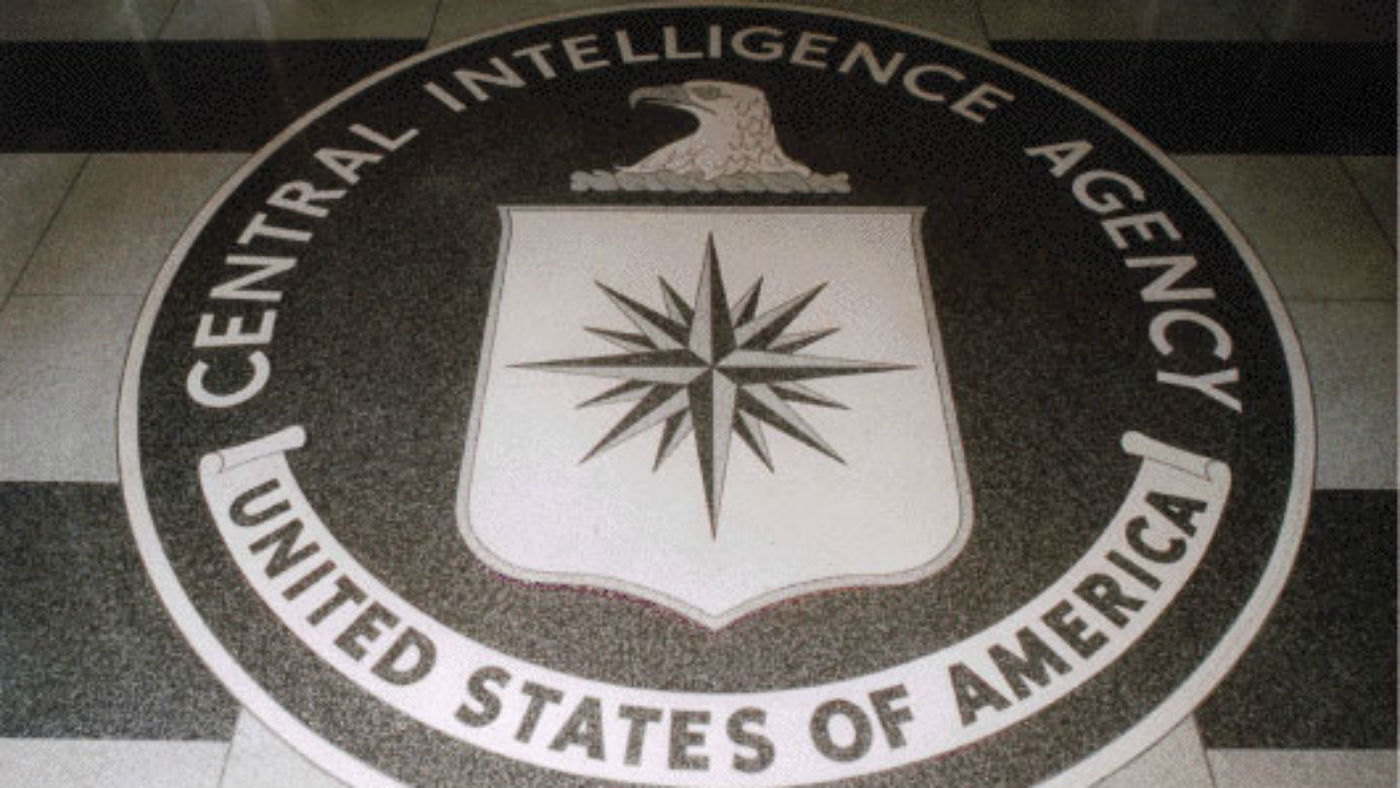 MKUltra: Inside the CIA's Cold War mind control experiments
MKUltra: Inside the CIA's Cold War mind control experimentsIn Depth Thousands of Americans were unknowing test subjects for psychological warfare research
-
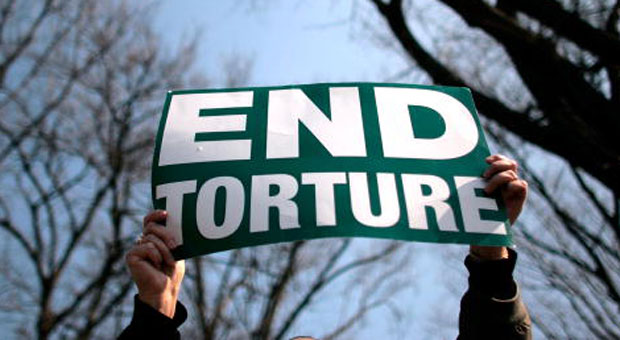 Psychologists who aided CIA in torture lost sight of morality
Psychologists who aided CIA in torture lost sight of moralityIn Depth It's building rapport that makes interrogation successful, not coercion, says Prof Laurence Alison
-
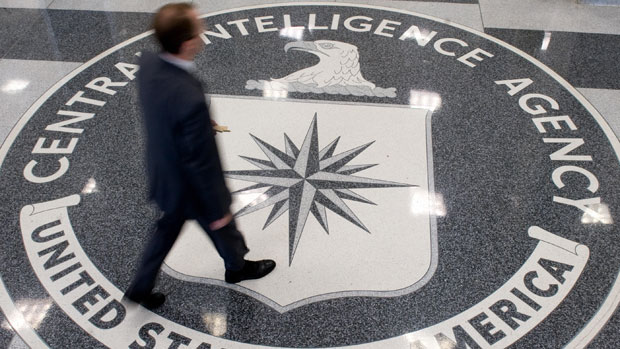 Terrorism watchlist: secret US rules revealed
Terrorism watchlist: secret US rules revealedIn Depth Agencies don't need 'concrete facts' to label individuals terrorists – so how are people watchlisted?